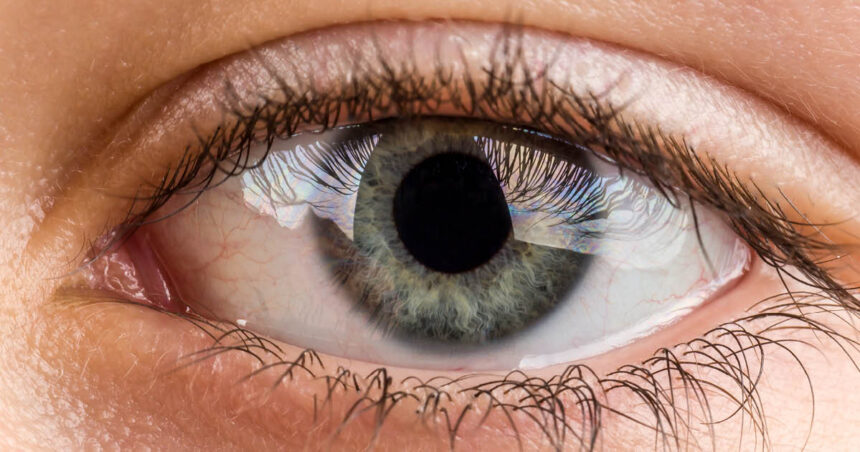A study published in Optometry and Vision Science compared the use of a visual midline gauge to the current manual clinical method for measuring visual midline shifts in patients following a stroke. The visual midline gauge provided more quantitative results and was found to be repeatable. The study included 93 adults without vision impairments or a history of stroke, divided into three age groups. Researchers found that the visual midline gauge was relatively insensitive to target speed and testing distances. Further research is needed to determine the repeatability of the visual midline gauge and its agreement with the clinical method in post-stroke populations.
Source link
New method for quantifying visual midline shifts may aid understanding of the condition
